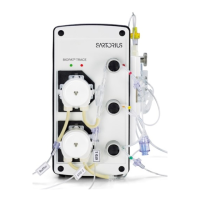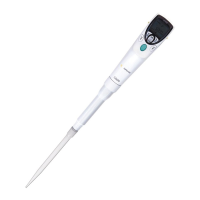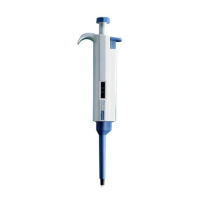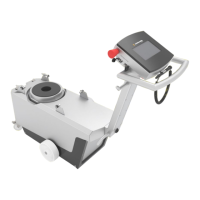BioPAT
®
Trace | Multi Trace Operating Instructions 15
BioPAT
®
Trace | Multi Trace Product Description
3.1 The Basics of Electrochemical
Measuring Technology
An electrochemical detector measures the
current produced at a specific potential applied
to the electrodes by the analytes in a flow
conductivity cell. In the presence of an
electrolyte solution, the electrochemical
conversion of the substance at the working
electrode leads to the release or attraction of
electrons (oxidation or reduction). The size of the
measurable threshold current depends on the
parameters of Faraday’s law of electrolysis as well
as on Fick’s diffusion law and is proportional to
the concentration.
The selectivity of the sensitive detector is based
on the principle that not all substances are elec-
trochemically active and thus many extraneous
substances in a sample solution will not be
detected. Selectivity is dependent on the work-
ing electrode’s material and the applied
potential.
By combining this system with enzymes, the
selectivity of an electrochemical sensor can be
raised even higher – and the electrode is turned
into a biosensor.

